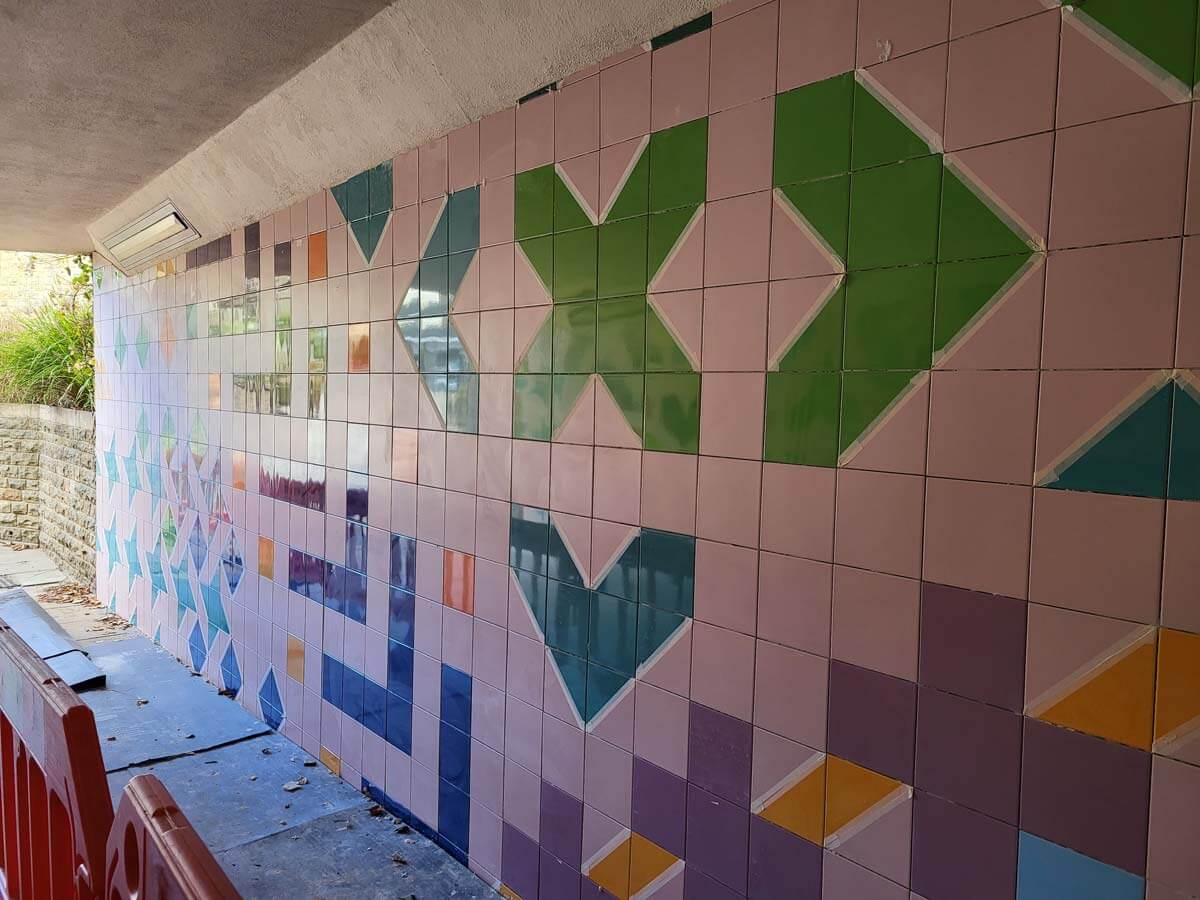Are you planning a tiling project? After choosing the style and colour you want, you might be pondering exactly how many tiles you need.
Order too few, and you delay the project. Overbuy, and you might be wasting money. In this article, we offer some tips on calculating the correct amount. It’s straightforward when you follow a few simple steps.
Steps to calculate tiles
1. Measure the area
Start by measuring the length and width of the surface you plan to tile, regardless of whether it’s a floor or a wall. You can use a tape measure and record your measurements in feet or meters. For irregular spaces, divide the area into smaller rectangles and measure each section separately.
For more advice on measuring, see our blog article here.
2. Calculate total area
Next, you need to multiply the length by the width of each section to find the total area. For example, if your floor measures 5 feet by 4 feet, the total area is 20 square feet. If you measured multiple sections, add them together to get the combined total.
3. Account for obstructions
If your space includes fixtures and fittings such as doors, windows, cabinets, or other features that won’t be tiled, you should measure their dimensions and subtract their areas from your total. Not only can this make your space easier to measure, but it ensures you don’t overestimate the number of tiles required.
4. Determine tile area
What are the dimensions of the tile you plan to use? For instance, a tile measuring 12 inches by 12 inches (or 1 foot by 1 foot) will cover 1 square foot. If your tiles are in different units (like centimetres), you can convert them to match your room measurements before calculating.
5. Calculate base tile count
Divide the total area of your project by the area of one tile. For example, if your total area is 100 square feet and each tile covers 1 square foot, you’ll need 100 tiles.
6. Add for waste
Always include an additional 10-15% to the total we’ve shown you how to calculate above. This will account for cutting, breakages, and layout adjustments. Complex patterns, diagonal installations, or intricate decorative outdoor floor tiles may require even more leeway.





















